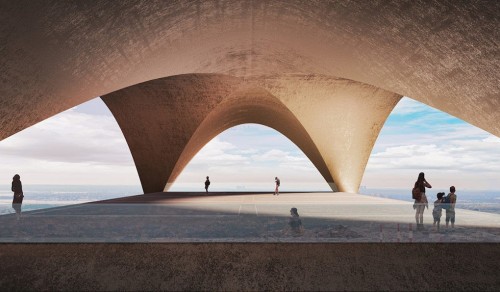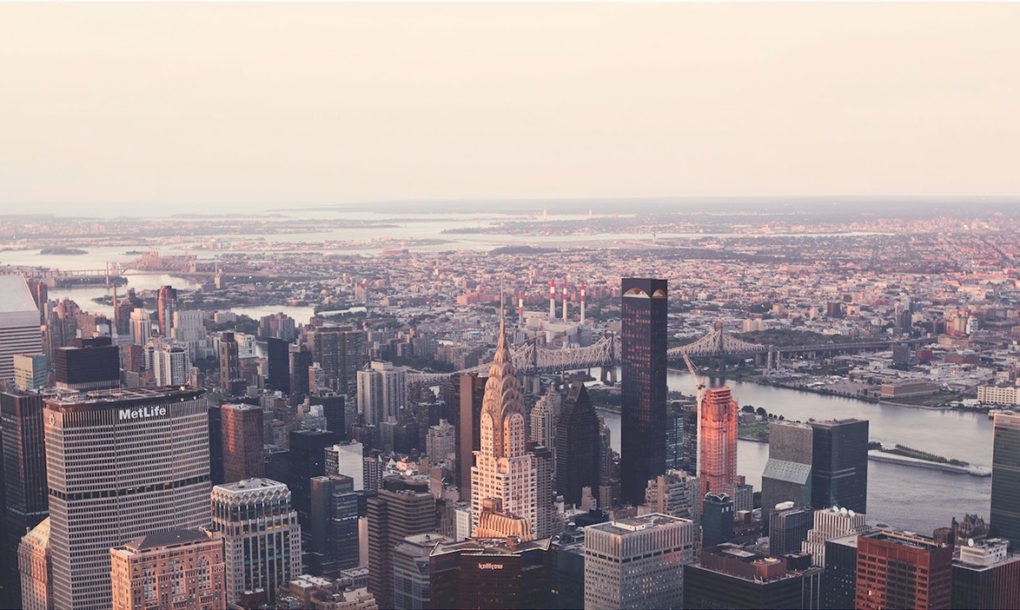RECOMMENDED VIDEOS

Bamboo FLooring | Green Living bamboo floor installation…
First Class Gardens

Malaysia Timber Industrial Board (One Tech Sdn Bhd) : Bamboo…
Malaysian Timber Industrial Board

Empire Green Industries - Soilless Vertical Garden
Empire Green Industries Sdn Bhd

BuildLock Knockdown ICF by BuildBlock
BuildBlock Building Systems, LLC

Spray Foam Insulation in Avon, CT
Eco Energy Guard LLC
Related Stories
‘House of Trash’ proves how waste can transform into beautiful home design
Whimsical park built of recycled materials pops up in Shanghai
Elevated bamboo peace bridge for the Korean Demilitarized Zone unveiled by Shigeru Ban and Jae-Eun Choi
Colossal cardboard temple pops up in Chiang Mai in just one day
“Cannabis walls” add warmth to this eco-friendly home in Israel
29 Apr, 2017

Solar-powered drone Skystation sits atop Trump World Tower in New York
Green Building Materials, Construction & Design | UNITED STATES | 25 Apr, 2017
Published by : Eco Media Asia
Kayak architects wants to change how we get around cities – so they’ve developed a solar-powered Skystation to transform the roofs of skyscrapers into air travel hubs. To illustrate how it would work, the designers envisioned a drone Skystation on Trump World Tower in New York City.
The Skystation project aims to convert skyscraper rooftops into air transport hubs with a low ecological footprint. This futuristic transportation network should reduce pollution by eliminating rush-hour traffic and decreasing number of land vehicles, enabling us to turn unused roads into walkable, green spaces.

Drone robots programmed or operated by humans would build these lightweight structures out of prefabricated and 3d-printed elements, using materials and components produced by local companies. A layer of sprayed Perovskite Solar Cells covers the outer shell, providing clean energy for the entire station.
Arched roofs are meant to allow easier and more convenient landing for drones, simultaneously creating distinct architecture that dominates the city skyline. An existing art gallery, located underneath the drone platform, is transformed and integrated with the new lobby to give users the opportunity to experience art while waiting for the transport. This space can also function as a restaurant, entertainment area or lounge. Kayak Architects designed the project as a proposal for the Lafarge Holcim Competition.
Article from inhabitat.com
by Lidija Grozdanic
